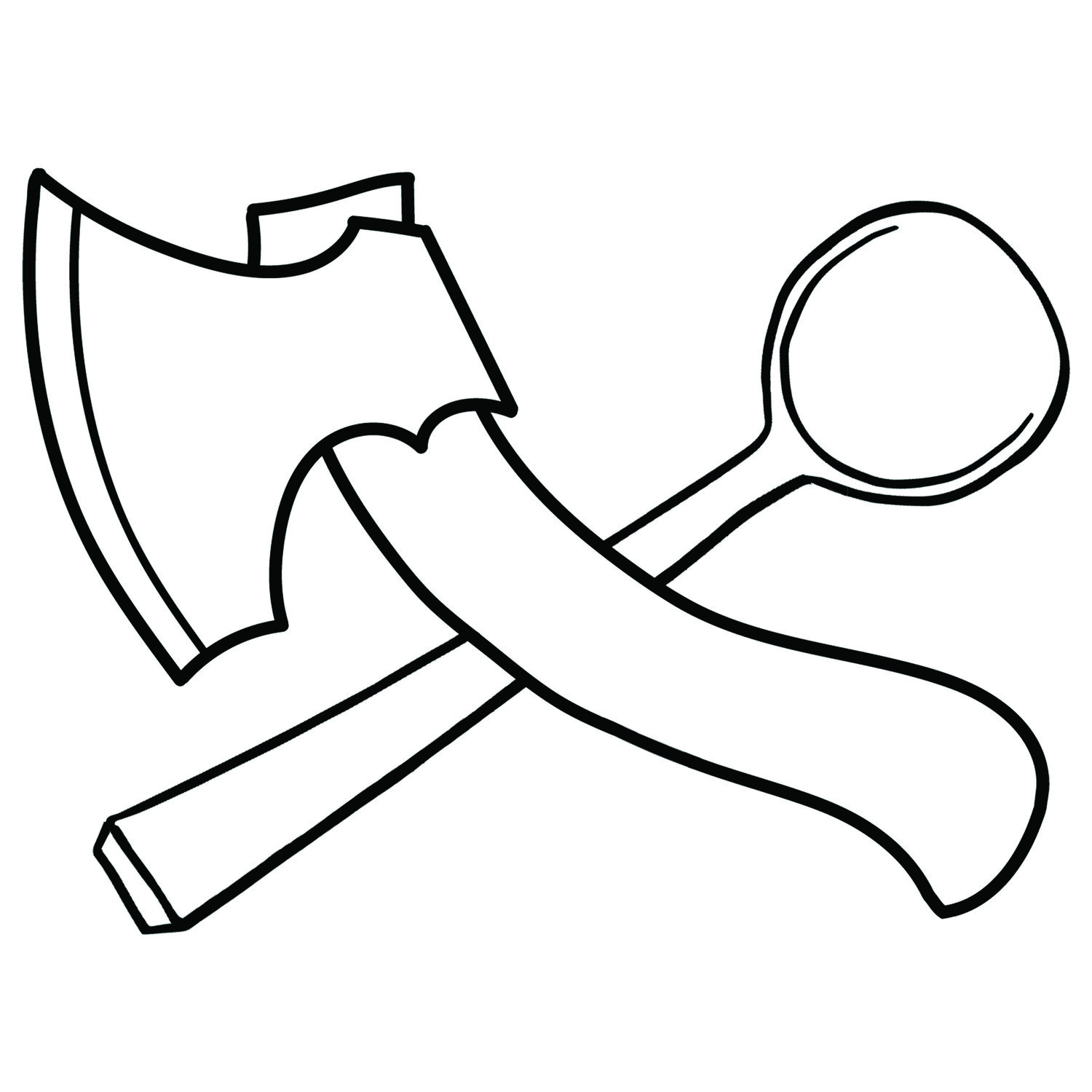How Long Can You Craft?
Apprenticeship Day 6
Today was another day of turning bowls. I also had to make a couple of mandrels. There are two main kinds of mandrels. The kind that has some sort of metal spikes to attach to the bowl blank and the kind that uses a tenon. I was making the tenoned kind. With these Jarrod can swap out the mandrel I used for a thinner one that is a better gear ratio for turning the core into a small bowl.
At one point in the day I was turning a mandrel. Jarrod had stepped out of the basement to tend to some admin. I was struggling along with the mandrel when he returned. He stepped into the lathe room, looked at me over the rim of his glasses and announced I was carving the wrong way. Needless to say he set me back on the right path.
Jarrod has begun setting me specific areas of bowl turning to focus on. He'll demonstrate the cut, show me how much material he wants removing and have let me have it. This approach has certainly helped. Having the steps broken down like that help me practice the techniques where they are applied.
While I was focusing on that, Jarrod worked through the bowls I had roughed out for him yesterday.
Over lunch we had a chat about the physical demands this kind of work places on the body. Here's a quote from Guide to the Collection Illustrating Welsh Folk Crafts and Industries by Dr. Iowerth C. Peate:
"On the other hand, the working of the pole-lathe is much more laborious than that of an ordinary lathe, and when the vessel turned is of large dimensions, the energy required for working the treadle and manipulating the tool is such that one turner assured the writer that ten years at a pole-lathe would have made him 'a broken man'."
That excerpt came from the book Treen or Small Woodware Throughout the Ages by Edward H. Pinto. I don't know when Dr. Peate interviewed the turner he quotes, but Treen was published in 1949. I'd like to think that general awareness of medical science has improved enough that those of us who aspire to make our living via handcrafts can do so without being 'broken'.
To that end we were talking about the importance of proper technique, of setting the lathe to the right height and the stances to take when turning. As I'm writing this now, the left side of my lower back feels tight and my right hand is a little sore from gripping the turning hooks incorrectly. The insidious injuries that come from repetitive strain are tricky to prevent. Make one cut with poor form and I doubt you'd notice. A hundred cuts and maybe something will be starting to ache. But you wonder, is that ache from improper technique, or plain old physical exertion? So you do a few hundred more. Eventually all the little mistakes build and manifest themselves as something more serious.
I try to exercise on a regular basis. At some point I'd like to talk with a personal trainer to discuss specific exercises to address the imbalances that arise in the body from the work I do. For now, weight training and stretching is keeping me healthy. I also haven't been pursuing craft full time for very long.
Jarrod thinks about 9-10 years full-time pole lathing will be close to his limit. This is part of the reason behind him researching and building a Japanese lathe. Professional athletes in the United States have careers that last an average of 3-6 years. Granted they're likely being pushed out by younger up and coming talent. But the demands of physically taxing activity have the potential to limit how long you can pursue it, more so that less physical career choices.
It's certainly something I've thought about before starting my apprenticeship. I'm 30 years old now. I'd love to make enough from craft to retire at 40, but I have my doubts about that plan. How long can I do this for? I think longer than ten years if I listen to my body, take the time to ensure the equipment I used is properly set up for my body, and continue to exercise.


